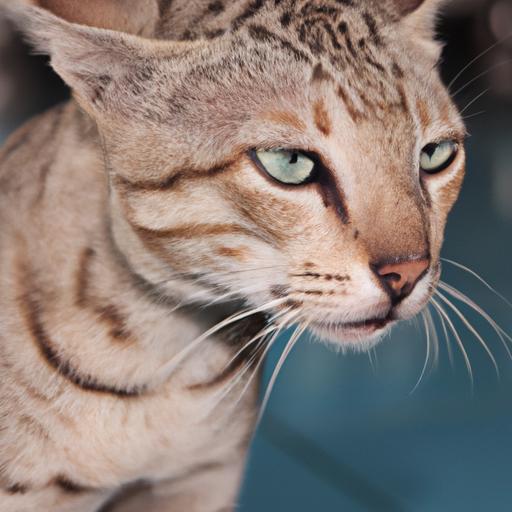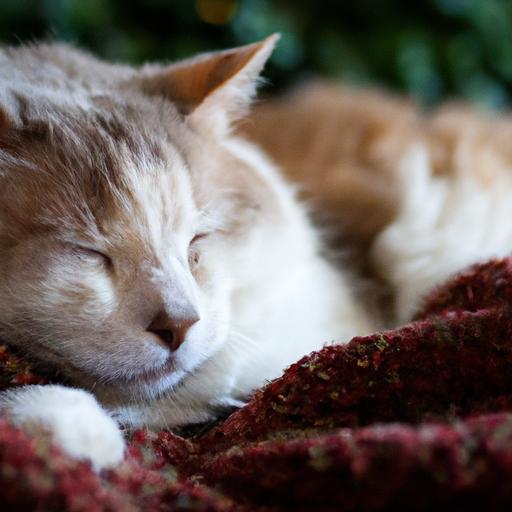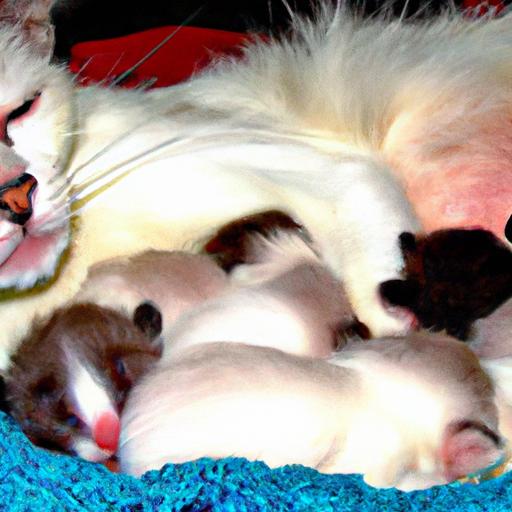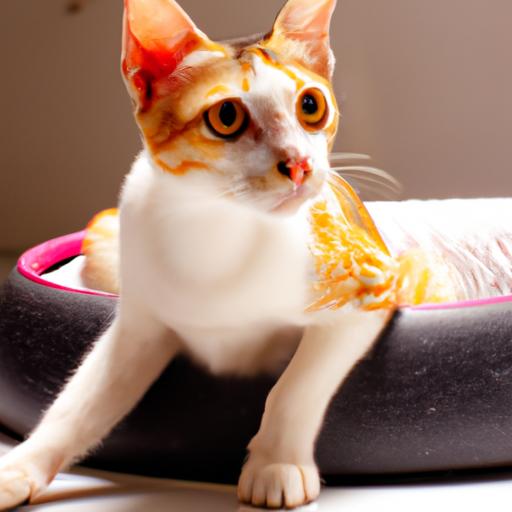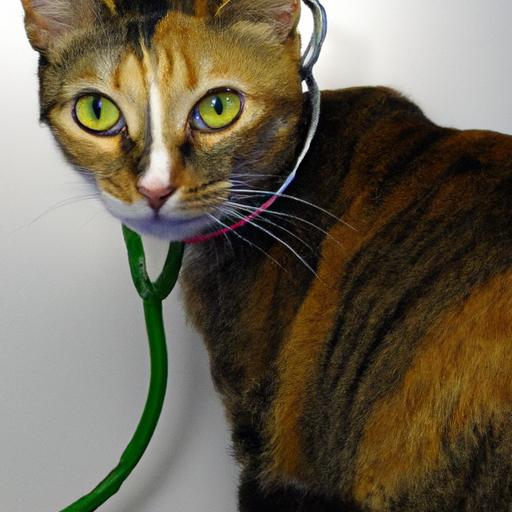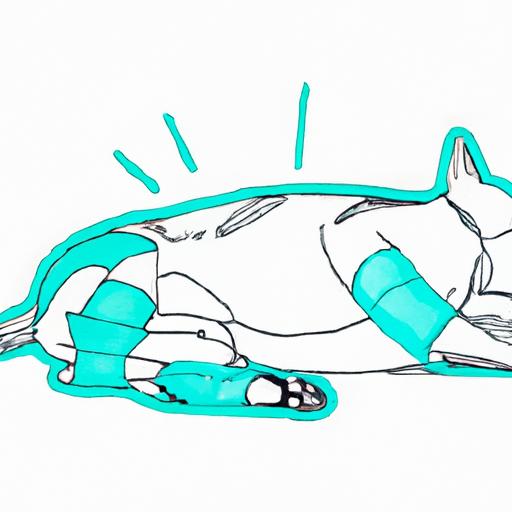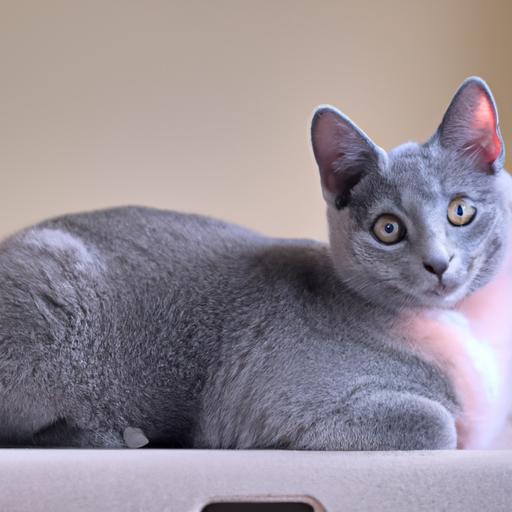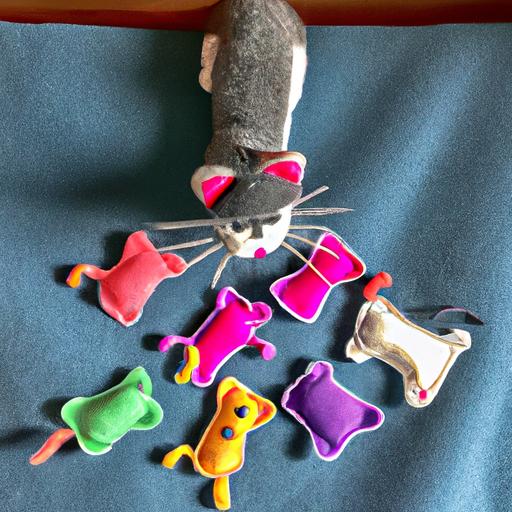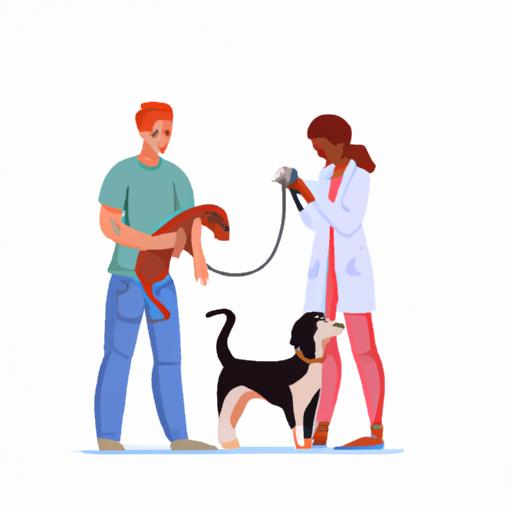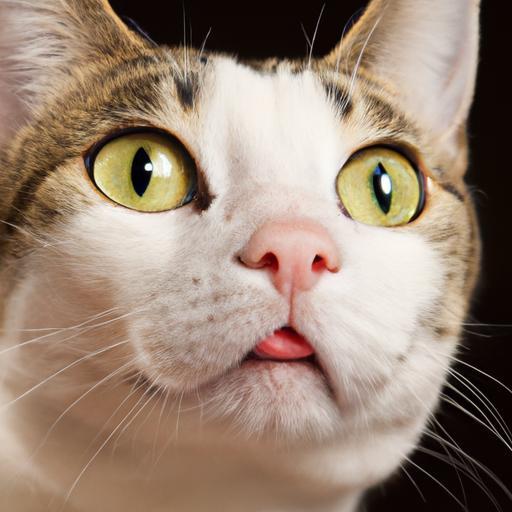
Recognizing Symptoms of Feline Eosinophilic Granuloma
Discover how to identify the symptoms of feline eosinophilic granuloma in cats. Learn how recognizing and treating early can improve their well-being.
Introduction
Feline eosinophilic granuloma is a common condition that affects cats of all ages and breeds. It is essential for cat owners to be able to recognize the symptoms of this condition to ensure timely diagnosis and treatment. In this article, we will explore the various symptoms of feline eosinophilic granuloma and provide valuable insights to help you identify them early on.
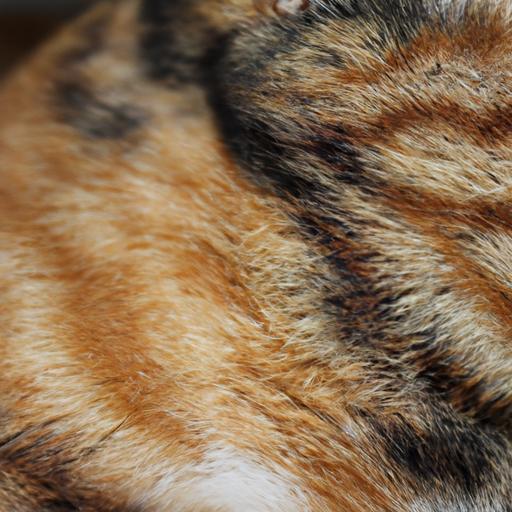
Symptoms of Feline Eosinophilic Granuloma
Feline eosinophilic granuloma can manifest in different ways, depending on the affected area. Here are some common symptoms to watch out for:
1. Skin Lesions and Ulcers
One of the most noticeable signs of feline eosinophilic granuloma is the presence of skin lesions and ulcers. These lesions often appear as raised, red, or pink areas on the skin, commonly found on the belly, thighs, or lips. They may be accompanied by hair loss and scabbing.
2. Swelling and Inflammation
Swelling and inflammation are typical indicators of feline eosinophilic granuloma. This can occur in various parts of the body, such as the lips, chin, face, or paws. The affected areas may appear swollen, puffy, or lumpy, sometimes causing discomfort to the cat.
3. Excessive Grooming or Scratching
Cats with feline eosinophilic granuloma often exhibit excessive grooming or scratching behaviors. They may constantly lick or chew at the affected areas, leading to further irritation and damage to the skin. This persistent grooming can be a clear sign that something is amiss.
4. Oral Lesions or Swelling
Feline eosinophilic granuloma can also affect the mouth and oral cavity. Cats may develop red, ulcerated lesions on the gums, tongue, or roof of the mouth. Additionally, swelling and inflammation in these areas may cause difficulty in eating or discomfort while chewing.
5. Respiratory Symptoms
In some cases, feline eosinophilic granuloma can lead to respiratory symptoms. Cats may experience sneezing, coughing, or nasal discharge. These symptoms are usually associated with lesions or inflammation in the nasal passages or sinuses.
6. Digestive Issues
Digestive issues can also be observed in cats with feline eosinophilic granuloma. Vomiting, diarrhea, or a decrease in appetite may occur. These symptoms may be linked to gastrointestinal inflammation caused by the condition.
Frequently Asked Questions (FAQ)
Here are answers to some frequently asked questions about feline eosinophilic granuloma:
What causes feline eosinophilic granuloma?
The exact cause of feline eosinophilic granuloma is not fully understood. However, it is believed to be an immune-mediated condition, where the cat’s immune system overreacts to certain triggers, leading to the development of granulomas.
Can it be cured?
While feline eosinophilic granuloma cannot be completely cured, it can be managed with appropriate treatment. With early detection and veterinary intervention, symptoms can be alleviated and controlled, allowing affected cats to live comfortably.
How is it diagnosed?
Diagnosing feline eosinophilic granuloma typically involves a thorough physical examination by a veterinarian. In some cases, additional tests such as skin biopsies or blood work may be necessary to rule out other potential causes and confirm the diagnosis.
Are certain cat breeds more prone to developing this condition?
Feline eosinophilic granuloma can affect cats of any breed, but some studies suggest that certain breeds, such as Himalayans and Siamese, may have a higher predisposition to developing this condition. However, it is important to note that all cats can be susceptible to it.
Can it be prevented?
Preventing feline eosinophilic granuloma entirely may not be possible, but there are steps you can take to minimize the risk. Providing a balanced diet, minimizing exposure to potential allergens, and maintaining good overall cat health can help reduce the likelihood of developing this condition.
How is it treated?
Treatment for feline eosinophilic granuloma depends on the severity and location of the symptoms. It may include medications such as corticosteroids to reduce inflammation, antibiotics to prevent secondary infections, or even surgical removal of persistent granulomas.
Conclusion
Recognizing the symptoms of feline eosinophilic granuloma is crucial for the well-being of your furry companion. Early detection and prompt veterinary care can make a significant difference in managing this condition effectively. If you notice any of the symptoms discussed in this article, it is essential to consult a veterinarian for a proper diagnosis and tailored treatment plan. By staying vigilant and proactive, you can ensure your cat’s comfort and quality of life.
Remember, if you suspect your cat may have feline eosinophilic granuloma, reach out to your veterinarian for professional advice and guidance.

